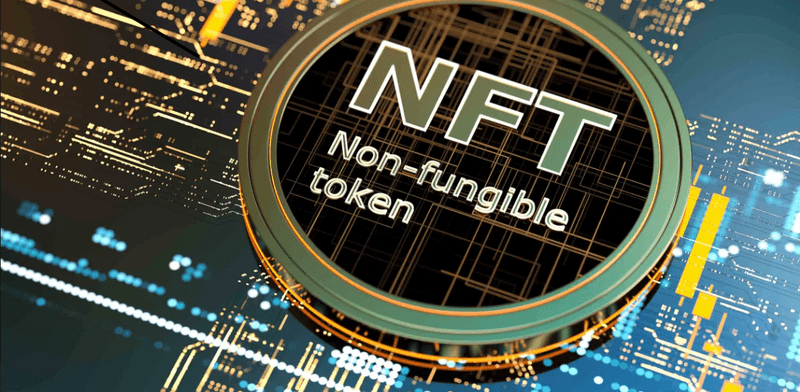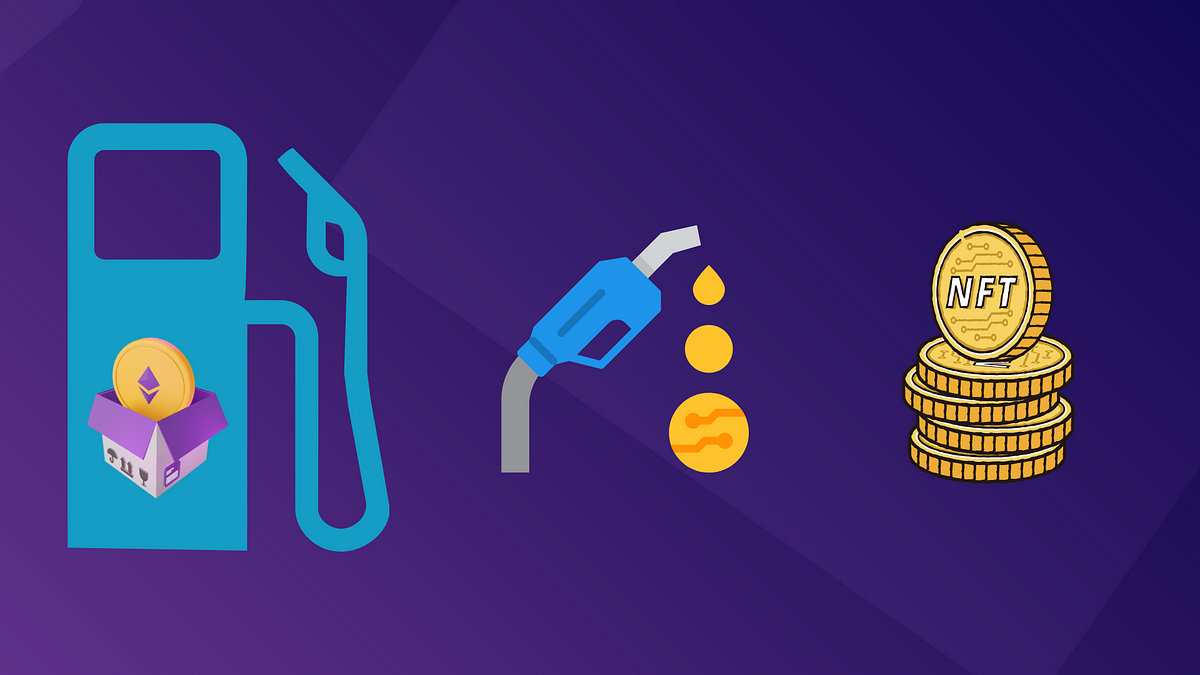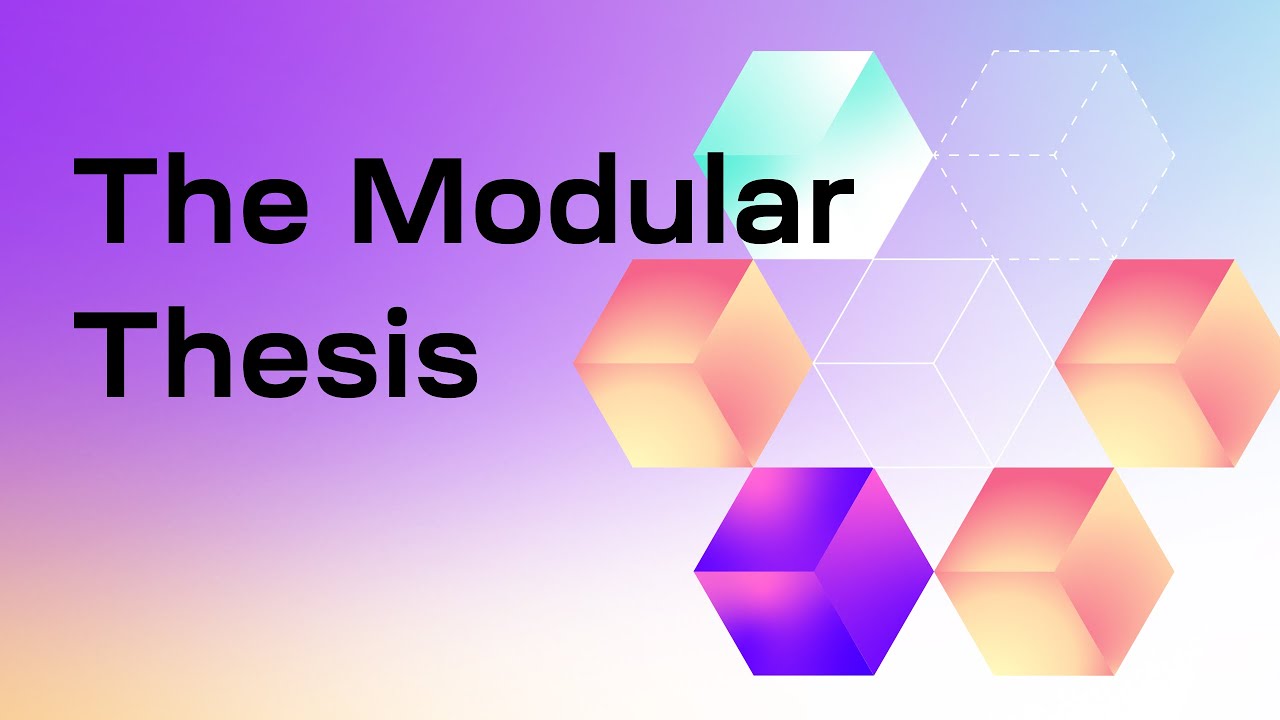Investing in NFT Infrastructure: The Backbone of the Digital Asset Revolution
While the headlines in the NFT world often focus on million-dollar JPEGs and digital art collections, the true long-term investment opportunity may lie elsewhere — NFT infrastructure. As with the internet boom of the early 2000s, the most consistent winners were not necessarily the websites but the underlying technologies and protocols that powered them. The same principle applies to NFTs today.
This article explores what NFT infrastructure means, why it’s critical, and how savvy investors can position themselves in this growing sector.
🧱 What Is NFT Infrastructure?
NFT infrastructure refers to the foundational technologies and services that enable NFTs (Non-Fungible Tokens) to exist, be created, bought, sold, stored, and interacted with. It includes blockchain networks, NFT marketplaces, storage solutions, minting platforms, smart contract protocols, developer tools, and interoperability layers.
Rather than investing directly in an NFT artwork or collectible, investing in infrastructure means betting on the tools and systems that support the entire NFT ecosystem — much like investing in roads, rather than just the cars.
🔧 Key Components of NFT Infrastructure
1. Blockchain Networks (Layer 1 & Layer 2)
NFTs require a blockchain to exist. The choice of blockchain impacts transaction speed, cost, and security.
- Ethereum – The most dominant blockchain for NFTs. Projects like CryptoPunks and Bored Ape Yacht Club were launched here.
- Solana – Known for low transaction fees and fast confirmation times, it’s gaining popularity in the NFT space.
- Polygon – A Layer 2 solution for Ethereum, enabling cheaper and faster NFT transactions.
- Tezos, Avalanche, Flow – Other Layer 1s supporting NFT ecosystems.
Investing in the native tokens of these blockchains (e.g., ETH, SOL, MATIC) is one way to gain exposure to NFT infrastructure.
2. NFT Marketplaces
Marketplaces allow users to trade NFTs and provide liquidity to the ecosystem.
- OpenSea – The largest NFT marketplace on Ethereum and Polygon.
- Blur – Gaining ground among pro traders with advanced trading tools and token incentives.
- Magic Eden – A popular NFT marketplace on Solana.
- Rarible, LooksRare, X2Y2, Foundation – Other notable platforms.
Investing in native marketplace tokens (e.g., LOOKS, RARI) or platforms with equity exposure could provide long-term gains.
3. Storage Solutions
NFTs often link to digital assets stored off-chain. Ensuring that these links don’t break is crucial.
- IPFS (InterPlanetary File System) – A decentralized file storage protocol.
- Arweave – Permanent storage for NFTs and metadata.
- Filecoin – Decentralized storage marketplace.
Many NFT infrastructure projects integrate these storage technologies, making them vital for the durability and integrity of NFT assets.
4. Minting Platforms & Toolkits
These platforms allow creators to easily mint NFTs without coding:
- Manifold, Zora, Thirdweb – Help developers and creators deploy smart contracts for NFT collections.
- Mintbase, Rarible Protocol – Offer customizable NFT minting and storefront creation.
These platforms offer B2B infrastructure solutions and often monetize via fees or ecosystem tokens.
5. Wallets and Identity Tools
NFT infrastructure includes tools that allow users to own and display their assets:
- MetaMask, Phantom, Rainbow – Wallets supporting NFT visualization and interaction.
- ENS (Ethereum Name Service) – Provides human-readable wallet addresses, often linked to NFT profiles.
- Unstoppable Domains – NFT-based domain ownership for Web3 identity.
These projects are foundational to onboarding and retaining NFT users.
6. Analytics and Data Aggregators
Investors, creators, and collectors rely on analytics platforms to understand trends, pricing, and market sentiment.
- Dune Analytics, Nansen, Flipside Crypto – Offer on-chain insights, wallet tracking, and NFT metrics.
- NFTGo, CryptoSlam, ICY Tools – Specialize in NFT-specific data analytics.
Owning equity or tokens in data infrastructure plays could offer leveraged exposure to NFT growth.
📈 Why Invest in NFT Infrastructure?
1. Broad Market Exposure
Rather than betting on a single NFT collection, infrastructure plays support thousands of projects. If the overall NFT market grows, infrastructure platforms naturally benefit from increased volume, fees, and user activity.
2. Ecosystem Stickiness
Infrastructure providers tend to have longer lifespans than individual collections. A marketplace like OpenSea or a protocol like IPFS can serve countless users and projects, offering consistent usage and growth potential.
3. Revenue and Utility Models
Many infrastructure projects:
- Collect platform fees (e.g., listing/selling NFTs)
- Offer premium features or subscriptions
- Distribute native tokens with real utility (staking, governance, fee sharing)
These revenue streams can make infrastructure tokens more sustainable long-term.
4. Innovation and Interoperability
New standards like ERC-6551 (NFTs with wallets) and dynamic NFTs are pushing boundaries. Infrastructure providers who embrace innovation are more likely to thrive in the evolving NFT space.
🧠 How to Identify Promising NFT Infrastructure Projects
Here are some tips for vetting NFT infrastructure investments:
- Adoption: Are developers and creators using it?
- Volume and usage stats: High daily transactions or users indicate health.
- Token utility: Does the token provide real benefits (e.g., fee reduction, governance, rewards)?
- Team and community: Transparent, experienced teams with active communities are preferable.
- Integrations: Widely integrated tools and platforms tend to have strong network effects.
🛠 How to Invest
1. Buy Infrastructure Tokens
- Examples: ETH (Ethereum), MATIC (Polygon), SOL (Solana), LOOKS (LooksRare), APE (ApeCoin, which has infrastructure ambitions)
- Trade on centralized exchanges like Binance, Coinbase, Kraken, or decentralized ones like Uniswap.
2. Provide Liquidity or Stake
Some infrastructure tokens can be staked or paired in liquidity pools for passive income:
- Stake LOOKS on LooksRare
- Provide liquidity on Arweave-based pools
- Use NFTs as collateral in protocols like NFTfi (NFT lending infrastructure)
3. Invest in Infrastructure-Focused Funds
Some venture capital funds or tokenized investment vehicles focus exclusively on NFT infrastructure. Examples:
- Bitwise’s NFT Index
- MetaStreet
- Delphi Ventures’ NFT portfolio
4. Participate in Governance
Holding governance tokens (e.g., RARI, ENS) allows you to vote on ecosystem upgrades, giving you indirect influence over infrastructure development.
⚠️ Risks to Consider
- Market dependency: NFT usage can be cyclical. Infrastructure revenues may drop in bear markets.
- Security: Infrastructure tools are often prime targets for hacks.
- Regulation: NFT infrastructure (especially marketplaces and wallets) may face stricter regulation in the future.
- Overvaluation: Some tokens may be overhyped during bull runs, leading to sharp corrections.
Always do your own research and manage risk accordingly.
🧭 Final Thoughts
Just as investing in cloud computing or payment rails proved lucrative during the Web2 boom, investing in NFT infrastructure offers a strategic way to gain long-term exposure to the digital asset revolution.
While individual NFT collections may come and go, the platforms powering them are here to stay. By focusing on infrastructure — from blockchains to wallets, marketplaces to developer tools — investors can build a diversified, sustainable approach to participating in the NFT economy.




